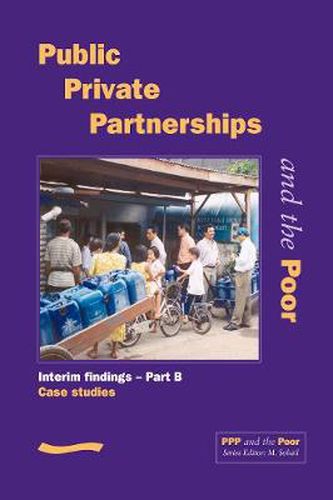Readings Newsletter
Become a Readings Member to make your shopping experience even easier.
Sign in or sign up for free!
You’re not far away from qualifying for FREE standard shipping within Australia
You’ve qualified for FREE standard shipping within Australia
The cart is loading…






The purpose of the project Public Private Partnerships and the Poor in Water and Sanitation is to determine workable processes whereby the needs of the poor are promoted in strategies which encourage public-private partnerships (PPP) in the provision of water supply and sanitation services. One of the key objectives is to fill some of the gaps which exist in evidence-based reporting of the facts and issues around the impacts of PPP on poor consumers. These reports present the interim findings of an analysis of both the pre-contract and operational phases of a number of PPP contracts. Part A presents a summary and lesson learned. Details of the operational case studies are given in Part B. A broad view of PPPs has been taken and situations where the public sector is in partnership either with formal private sector companies, or with small scale local entrepreneurs, or with NGOs employed in a private sector capacity have been included.
$9.00 standard shipping within Australia
FREE standard shipping within Australia for orders over $100.00
Express & International shipping calculated at checkout
The purpose of the project Public Private Partnerships and the Poor in Water and Sanitation is to determine workable processes whereby the needs of the poor are promoted in strategies which encourage public-private partnerships (PPP) in the provision of water supply and sanitation services. One of the key objectives is to fill some of the gaps which exist in evidence-based reporting of the facts and issues around the impacts of PPP on poor consumers. These reports present the interim findings of an analysis of both the pre-contract and operational phases of a number of PPP contracts. Part A presents a summary and lesson learned. Details of the operational case studies are given in Part B. A broad view of PPPs has been taken and situations where the public sector is in partnership either with formal private sector companies, or with small scale local entrepreneurs, or with NGOs employed in a private sector capacity have been included.